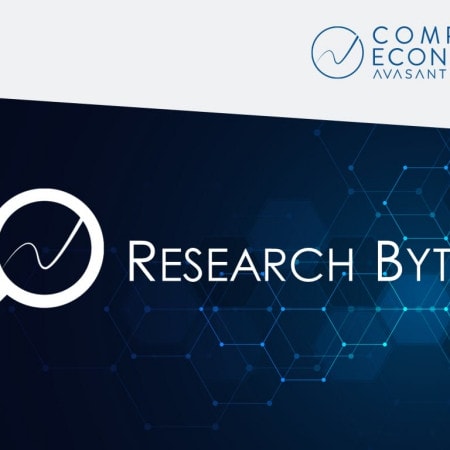-

Software as a Service Shows Attractive Payback
Software as a service (SaaS), sometimes referred to as "software on-demand," is becoming an increasingly popular way to implement business applications. This article provides a brief overview of software as a service and analyzes the adoption rate and ROI/TCO of this technology. According to the experiences of organizations that have deployed software as a service, this approach has strongly positive economic characteristics. (6 pp., 4 figs.)[Executive Summary]
July, 2006
-

Software On-Demand: Lowering the TCO of Business Systems
Software on-demand vendors, such as Salesforce.com, Netsuite, and Employease, deliver software applications as a service instead of selling them on a license basis. This report summarizes the history and basic concepts of software on-demand and analyzes its potential to radically reduce the total cost of ownership for software buyers and the operational costs of software vendors. It also outlines the challenges that software on-demand faces in gaining widespread adoption.
May, 2005
-

Software On Demand: Attacking the Cost Structure of Business Systems
Software on-demand holds promise to break down the cost structure of business systems, for both software suppliers and software buyers.
April, 2005
-

On Demand Computing: The Rebirth of Service Bureaus
This article describes the concept, history, and appeal of on-demand computing, which is really the return to a very old concept in business computing: service bureaus.
February, 2005
-

Does On-Demand Computing Deliver?
The option of being able to pay for computing services only to the level necessary to support on-going business activities is an attractive one. The potential savings of the technology can make it effective in many organizations. Not having to pay for idle computing resources saves money for more productive purposes. The experience of early adopters has been encouraging and points toward opportunities for IT managers to introduce new computing economies into their organizations. Click here to purchase. - $125
October, 2004
-

Grid Computing Shows Economic Viability
Grid computing, which provides a methodology for sharing geographically dispersed IT resources, is emerging as a cost effective practice. The ability to allocate resources on an as-needed basis can result in lower operational costs, improved responsiveness, higher availability, and better service. These factors should motivate IT managers to consider the applicability of grid computing to their organizations, but the concept should not be fully endorsed until all of its implications are fully understood and evaluated. Click here to purchase. - $125
October, 2004
-

On-Demand Mainframes Rewrite the Economic Equations
Despite many claims of its demise, the mainframe is far from dead. The reliability of these machines and their tolerance for legacy software makes them invaluable to large organizations. New systems offer dynamic workload balancing based on selectable priorities and, more importantly from a cost point of view, capacity-on-demand processing.
July, 2003
-

IBM’s E-Business On-Demand Strategy (1Q03)
Providing e-business via an on-demand model may become a key differentiator that separates market leaders from the pack.
January, 2003

 Grid View
Grid View List View
List View